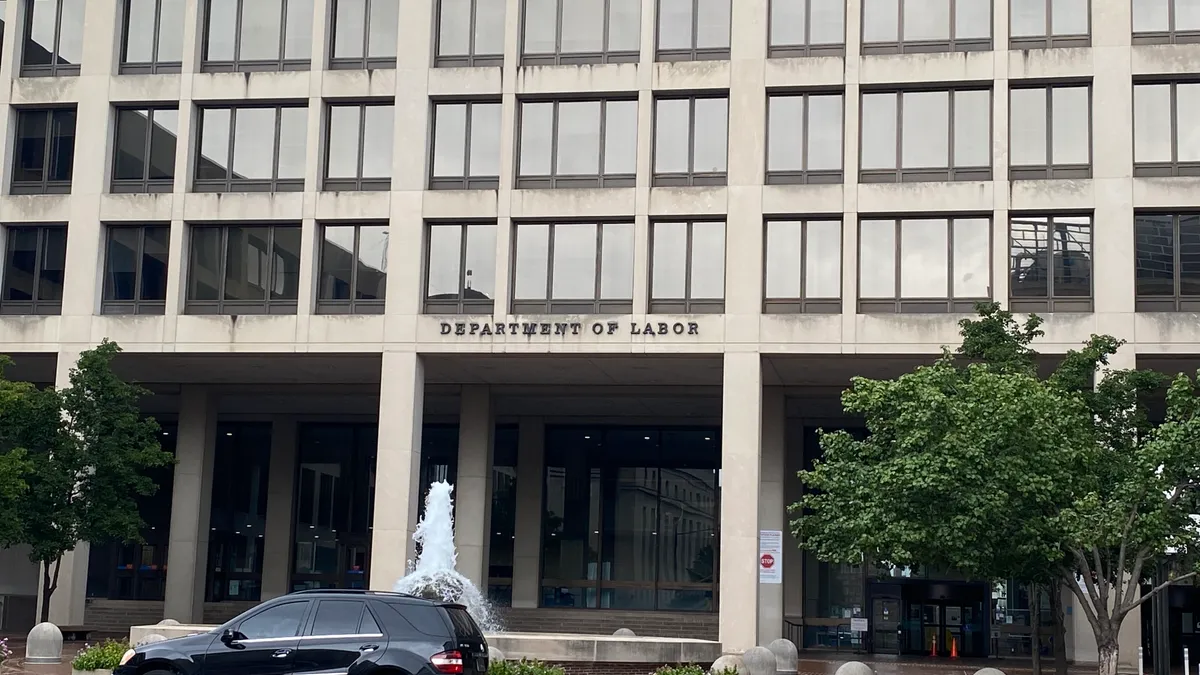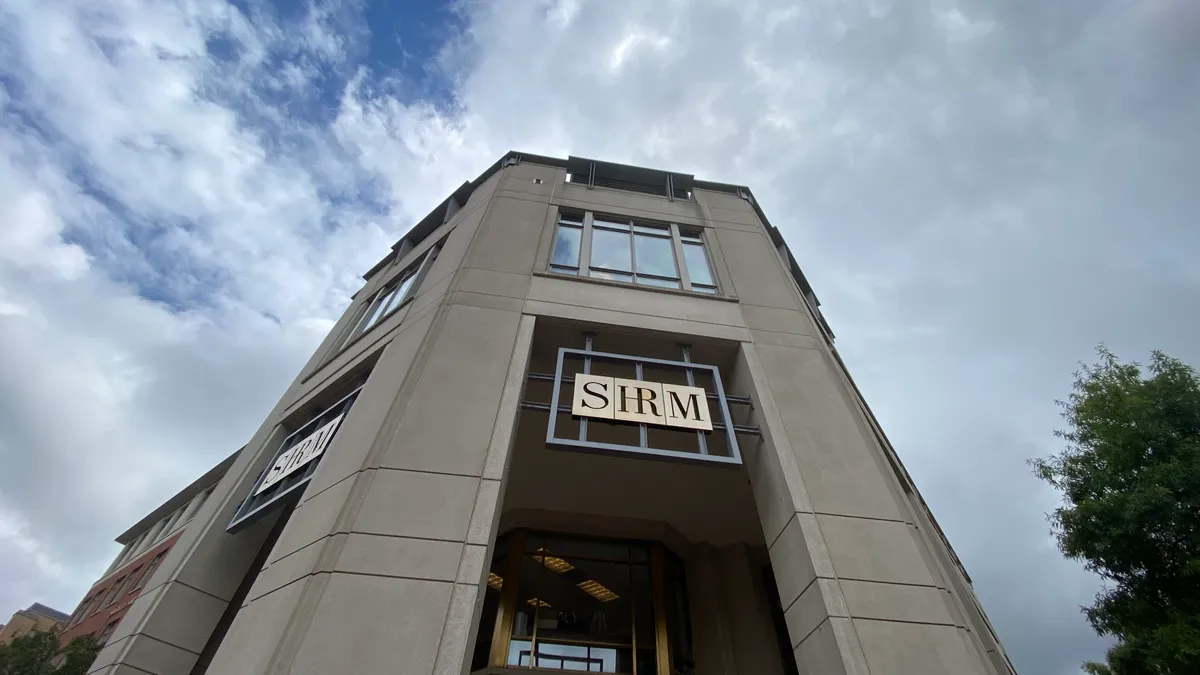Dive Brief:
- The heat is on. On its way, that is. In preparation for the summer months, Department of Labor Secretary Marty Walsh joined Vice President Kamala Harris Tuesday to announce a new heat-related illness enforcement program.
- OSHA has launched a National Emphasis Program in an attempt to protect millions of workers from heat illness and injury. NEPs are temporary programs that focus OSHA's resources on particular hazards. The organization will conduct heat-related inspections in an effort to prevent workers from suffering preventable injuries or fatalities.
- "Tragically, the three-year average of workplace deaths caused by heat has doubled since the early 1990s," Walsh said. "From farm workers in California to construction workers in Texas and warehouse workers in Pennsylvania, heat illness — exacerbated by our climate's rising temperatures — presents a growing hazard for millions of workers."
Dive Insight:
Between 2011 and 2019, 344 people died from work-related heat exposure, according to the most recent Bureau of Labor Statistics data. Roughly 42%, or 144, of those fatalities were of workers in construction, repair or cleaning.
Between 2015 and 2020, OSHA conducted about 200 heat-related inspections each year, with about 15 heat-related fatality inspections, often resulting in citations. Nevertheless, the number of fatalities may be underreported, as the cause of death can be listed as a heart attack, even if it was brought on by heat exposure.
In response, the federal organization is getting proactive.
OSHA will inspect the jobsites of over 70 high-risk industries — including construction — in indoor and outdoor settings when the National Weather Service issues a heat warning or advisory for a local area. When the heat index meets or exceeds 80 degrees Fahrenheit, inspectors and compliance specialists will actively reach out to help protect workers.
"Our goal is to make it safe for workers in hot indoor and outdoor environments, so that they can return home safe and healthy at the end of each day," said Doug Parker, assistant secretary for OSHA. "Working together, we can ensure workers know their rights and employers meet their obligations in order to protect workers from the growing dangers of extreme heat."
Commonsense solutions
Associated Builders and Contractors, a steering member of the Construction Industry Safety Coalition, holds firm that preparing for severe weather is part of the preplanning process for a project, and cautioned against too many regulations.
For example, CISC indicated in a cautionary letter to OSHA the 80 degree threshold is impractical, as that is not abnormal for daily work in many regions of the country.
ABC already provides guidance for members about harsh weather, said Greg Sizemore, ABC vice president of health, safety, environment and workforce development.
"Many of these measures include commonsense solutions, such as beginning work shifts earlier in the day, building in rotations and educating on proper hydration techniques," Sizemore said. "CISC members feel strongly that a regulatory approach — if adopted — must be simple and should integrate the key concepts of 'Water, Rest, Shade.'"
Kevin Cannon, senior director of safety and health services for Associated General Contractors of America, said the program has been on his radar for months. Still, it's unclear to him how best to advise AGC members or compliance officers; it's not clear what could lead to a citation.
Contractors know the dangers of the summer, Cannon said.
"The construction industry is not blind to the fact that heat provides a dangerous or hazardous work environment," he said.
Summer building
Heat has always posed a particular health risk for construction, where longer summer days provide more daylight hours to do work, much of which must be completed outside. Meanwhile, vital personal protective equipment, such as masks, helmets and heavy clothing can add to the challenge.
As noted by Walsh, extreme weather conditions have hit locales less equipped. In June, temperatures reached 115 degrees F in Portland, Oregon, and 108 F in Seattle. The average regional temperature during that period is in the high 80s.
The heatwave caused up to 100 deaths in Oregon, including a roofer from Hillsboro, Oregon, who perished from heat-related illness in the hospital, according to Oregon OSHA. Not all of the deaths brought on by the heatwave were tied to the workplace.
Beyond rest, shade and water, other guidance on combating heat stress is also straightforward: Encourage honesty about how workers are feeling, monitor teams and help new workers build up tolerance to the rising temperatures.
"For the workers, pay attention to your body, report when you're experiencing any of the symptoms of heat illness or heat stress," Cannon said. Doing so can save lives.














